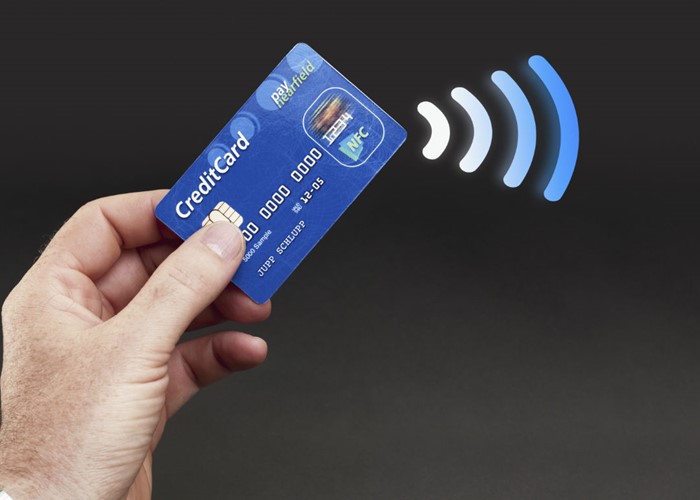Contactless cards: how safe are they really?

Contactless cards have been hailed as the next big thing by the banks – but some shoppers have reported “phantom charges” on their bank statements. How safe are they really?
If you’ve received a new bank card recently, the chances are its contactless. If it is, it will have a radio wave symbol on the front.
The cards contain a special chip and an antenna which sends out a weak radio wave. By waving the card over a scanner next to the till you can pay for goods costing £20 or less without entering a PIN.
Although contactless cards have been around since 2007, major banks have only just started sending out these cards as a matter of course.
There are about 232,000 contactless terminals in the UK in retailers including M&S, the Post Office, Starbucks, Boots, Pret A Manger and McDonald’s.
Sounds great, doesn’t it? But the past few weeks have seen an increasing number of errors due to the cards.
Duplicate payments
A handful of customers of Marks & Spencer and Pret A Manger have reported that payments have been taken from their contactless bank card when they didn’t intend to use it to pay.
For example, someone might hand over cash for a sandwich in Pret but when they check their bank statement find they have also unwittingly paid for it using the contactless card in their wallet.
This could happen if the shopper places their bag or wallet too close to the card scanner when they have been paying with an alternative card or cash.
Visa Europe and the UK Cards Association have launched an investigation into these phantom payments, but are currently playing down the problems as “rare”.
Bus fares
Londoners face even more potential problems with contactless cards. Most people use Oyster cards, which are also contactless, to travel around the capital. You can load weekly or monthly travelcards on to your Oyster card and then use the card for all your journeys in the relevant zones.
However, some contactless cards are set up to automatically pay for bus fares. Problems occur when someone waves their wallet over the scanner on the bus, intending to pay with their travelcard on Oyster, but later discovering the fare was charged to their bank account instead.
This means they’ve paid twice for the same bus fare; once when they bought their travelcard and again with their contactless debit or credit card.
It’s possible many people don’t realise that a) they have a contactless card in their wallet and, b) the card is set up to pay bus fares.
Although this issue only applies to buses at the moment, it’s set to become a bigger problem. This is because from the end of the year, Londoners will be able to use contactless cards for journeys on the whole network, including the Tube, overground trains, Docklands Light Railway and trams.
How to keep safe
Unfortunately most banks don’t give customers the option of not having a contactless card – most new debit cards are made this way and automatically set up to pay bus fares.
Worse still, there’s rarely an option to reject a contactless card; if they give you one, you’re stuck with it.
Despite the technology involved, the solution to avoiding duplicate payments is tech-free.
Transport for London (TfL) is suggesting people keep their Oyster card and contactless payment cards separate. This means a separate wallet for each card and then picking which card you want to use when you get on the bus. So far, there’s no way to ensure that your Oyster will automatically take precedence when you get on a bus.
In shops, simply try to keep your bag or wallet away from the scanner by the till.
Whether you’re shopping or travelling around town, make sure you check your bank statements for any double payments.
If you’ve unwittingly paid for something twice take it up with either the store in question or your card issuer. We’d be interested in hearing what happens when you ask for a refund – let us know.
> Fancy winning £50? We’ve got five £50 prizes in a draw for anyone who answers one of our Lovemoney surveys.
More on cards and payments:
Contactless payments: the end for cash?
The best cashback credit cards
The best low-fee balance transfer credit cards
The best 0% balance transfer credit cards
The best reward credit cards
The best 0% purchase credit cards
Comments
Be the first to comment
Do you want to comment on this article? You need to be signed in for this feature